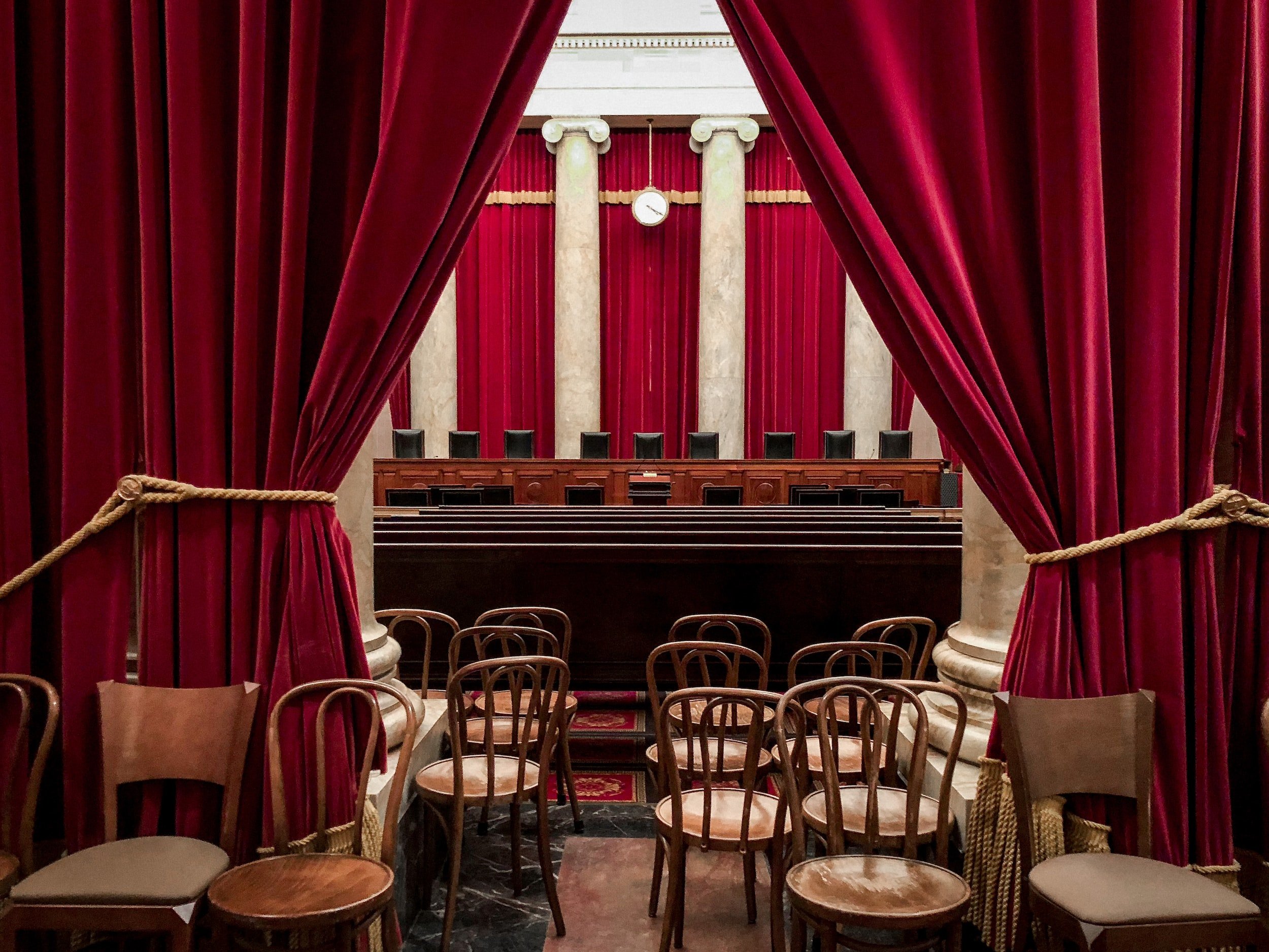Tinker v. Des Moines (1969)
Constitutional Connection
1st Amendment
Tinker v. Des Moines (1969) was a landmark U.S. Supreme Court decision that defined and protected First Amendment rights of students in U.S. public schools.
Mar Beth and John Tinker (doesn’t he look just a little bit like Adam Scott?)
Key Facts
In December 1965, a group of students in Des Moines held a meeting in the home of 16-year-old Christopher Eckhardt to plan a public showing of their support for a truce in the Vietnam war. They decided to wear black armbands throughout the holiday season and to fast on December 16 and New Year's Eve. The principals of the Des Moines school learned of the plan and met on December 14 to create a policy that stated that any student wearing an armband would be asked to remove it, with refusal to do so resulting in suspension. On December 16, Mary Beth Tinker and Christopher Eckhardt wore their armbands to school and were sent home. The following day, John Tinker did the same with the same result. The students did not return to school until after New Year's Day, the planned end of the protest. Through their parents, the students sued the school district for violating the students' right of expression and sought an injunction to prevent the school district from disciplining the students. The district court dismissed the case and held that the school district's actions were reasonable to uphold school discipline. The U.S. Court of Appeals for the Eighth Circuit affirmed the decision without opinion.
“It can hardly be argued that either students or teachers shed their constitutional rights to freedom of speech or expression at the schoolhouse gate.
”
Big Question
Does a prohibition against the wearing of armbands in public school, as a form of symbolic protest, violate the students' freedom of speech protections guaranteed by the First Amendment?
Holding
7-2 Justice Abe Fortas delivered the opinion of the 7-2 majority. The Supreme Court held that the armbands represented pure speech that is entirely separate from the actions or conduct of those participating in it. The Court also held that the students did not lose their First Amendment rights to freedom of speech when they stepped onto school property. In order to justify the suppression of speech, the school officials must be able to prove that the conduct in question would "materially and substantially interfere" with the operation of the school. In this case, the school district's actions evidently stemmed from a fear of possible disruption rather than any actual interference.
Impact of case
The landmark decision in Tinker v. Des Moines is widely considered the watershed of students' free speech rights at school. By deciding that school officials cannot censor student speech unless it materially and substantially disrupts the educational process the court set a precedent that is still cited in student free speech cases.
Connections
Tinker v. Des Moines is still cited in student free speech cases, including Hazelwood v. Kuhlmeier and Morse v. Frederick and remains a frequently cited Supreme Court precedent. Thanks to the ruling, over the years the ACLU has successfully defended the right of students to wear an anti-abortion armband, a pro-LGBT T-shirt, and shirts critical of political figures. Most recently, Tinker has been upheld in Mahanoy Area School District v. B.L. a case involving student speech rights on Snapchat.
Critical Questions
Does Tinker v. Des Moines give students unlimited speech freedom at work.
Do you think that current levels of student free speech are appropriate?
How did Mahanoy Area School District v. B.L. uphold the Tinker ruling.
Do you agree with the Court’s decision to protect student speech rights?
How would our country and your school be different without the ruling from Gideon?
Get AP exam-ready with diagnostic tests, online review games, test review sheets, practice quizzes, full-length practice exam, and self-guided writing workshops. We'll make studying a breeze.





















